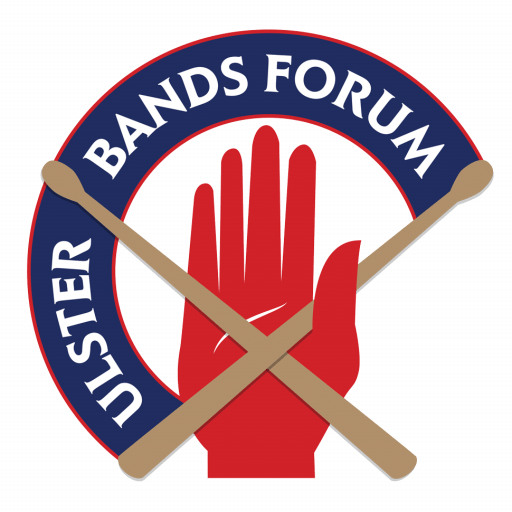As today is 4th of July “Independence Day” in the USA its perhaps a good time to briefly explore the links between the Great Siege of Londonderry and America.

In New England in the State of New Hampshire there is a city called “Londonderry” which according to its history was founded by veterans of the Great Siege of 1689. The city’s history credits its founding to Rev James McGregor originally from Magilligan County Londonderry. McGregor was a young man who was present inside Londonderry at the time of the Great Siege. In fact, during the Relief of Derry he is credited with discharging one of the guns from the tower of St Columb’s Cathedral to signal the approach of the relief ships.
After the siege he attended the University of Edinburgh and became a Presbyterian minister in Ballymoney Co Antrim. In 1718 he organised a large party of his congregation to emigrate to the colonies in North America and found a settlement where they could exercise the civil & religious liberties they had fought for in Derry. They arrived in New Hampshire and founded a colony at a place called Nutfield in 1719. They built log cabins and a church which is claimed to be the oldest Presbyterian church in America with Rev McGregor as its minister. Among other claims to fame is the first potato to be grown in North America. In 1723 their settlement was formally incorporated under the name ‘Londonderry’. McGregor is not mentioned in any contemporary sources from the siege, which is unsurprising as he was one of many other young men at the time. However, the man who succeeded him as the minister of Londonderry is.

Lieutenant Mathew Clarke was an officer in Colonel Lance’s Regiment, and he is mentioned in Rev Mackenzie’s account, which states he took part in many of the garrison’s sorties outside the walls, including the one on 4th June when he was wounded (the scar from which he carried for the rest of his life). His signature appears in the city’s address to King William following the relief. He was ordained minister of Boveedy near Kilrea in 1697. Its not clear if he travelled with McGregor or arrived after, however it is clear he was among the early Ulster-Scots (known in America as Scotch-Irish) settlers of Londonderry NH. We know the names of three other Siege veterans who were among those early settlers: James McKien, Alexander McCollum and John Morrison. Their surnames along with others such as Anderson, Steele and Stewart are still commonplace in Londonderry NH.

The settlers of Londonderry NH brought there old-world skills of weaving to the new-world and the fledgling settlement thrived on the manufacture of Linen. So much so that it expanded into neighbouring municipalities. The neighbouring towns of Derryfield was incorporated in 1751 (although its name was changed to Manchester in 1810) and Derry in 1827.
These settlers and veterans of the Great Siege instilled in their descendants the values and liberties of the Glorious Revolution. Values and liberties which they would fight for again in their own revolution. Its been estimated that there were more Scots-Irish soldiers in the Army of the Continental Congress than any other ethnicity. Both the Declaration of Independence and later Constitution were directly influenced by the Bill of Rights endorsed by William III in 1689.

The bonds of kinship and shared history were maintained after independence. The ABOD Club had a branch in the City of Philadelphia where the Glorious Revolution was celebrated alongside the American Revolution. There was even a mural of General Washington in Maiden City although sadly both are no longer in existence (although there are branches of ABOD clubs in Canada there are currently none in the USA).

Information from the ABOD Parent Club Facebook page



